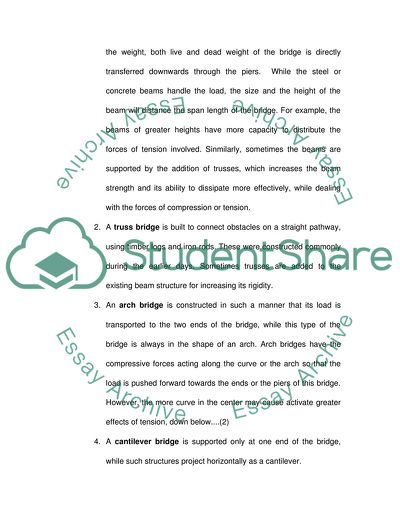Cite this document
(Modern Bridge Construction Technologies Coursework, n.d.)
Modern Bridge Construction Technologies Coursework. Retrieved from https://studentshare.org/engineering-and-construction/1721486-the-construction-of-bridges
Modern Bridge Construction Technologies Coursework. Retrieved from https://studentshare.org/engineering-and-construction/1721486-the-construction-of-bridges
(Modern Bridge Construction Technologies Coursework)
Modern Bridge Construction Technologies Coursework. https://studentshare.org/engineering-and-construction/1721486-the-construction-of-bridges.
Modern Bridge Construction Technologies Coursework. https://studentshare.org/engineering-and-construction/1721486-the-construction-of-bridges.
“Modern Bridge Construction Technologies Coursework”. https://studentshare.org/engineering-and-construction/1721486-the-construction-of-bridges.


